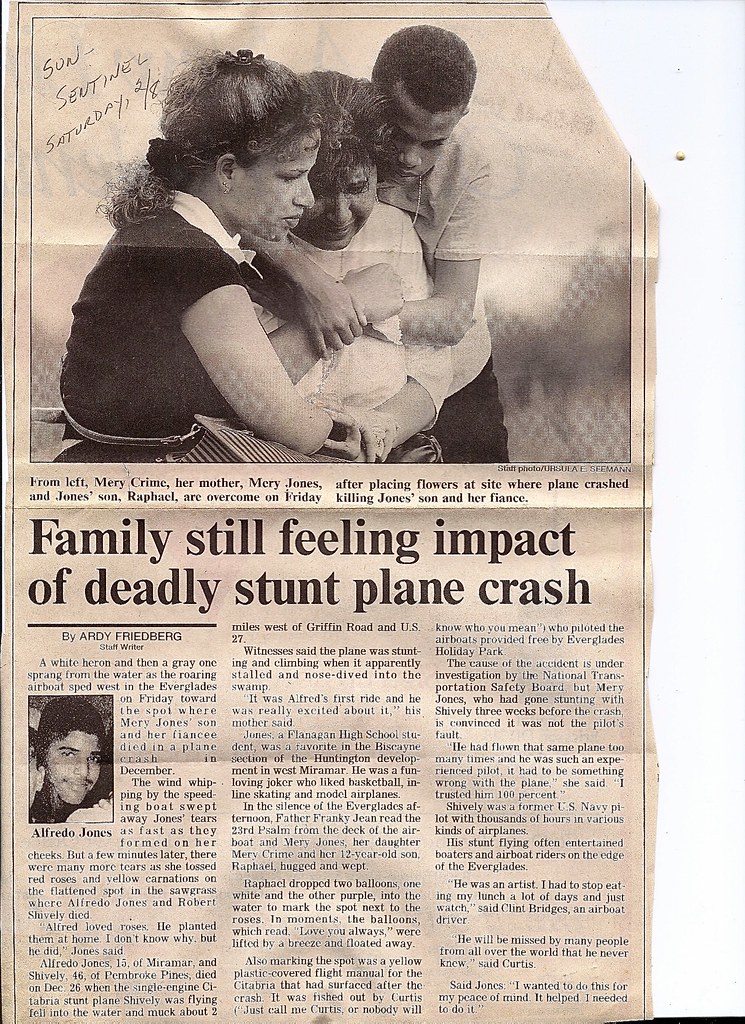Hello, had a question/ concern. I took a couple flight lessons on a cessna 152, because it was a cheaper option, and was told after the second flight that I can no longer fly that plane because the airplane is overweight. I was told I need to fly on the Cessna 172 with them which is much more expensive. I no longer want to stay with that school because they have proved that they are not safe because they only did the W & B after two flights, on which we did maneuvers. Now I need to look for a new school, and spend money getting used to a new plane. I feel that the overweight flights were illegal and negligent, and wondering whether I should ask for money back. So far I only have around 5 hours logged.
Lesson 1) Now you know about weight and balance calculations. Next time you have a lesson, be sure to do a weight and balance up front. Know how to get the numbers for any aircraft and don't depend upon anyone else to do the calculation for you. Get some books to find out what else you don't know that you should be watching out for.
Lesson 2) There are other options besides flying a 172. You could reduce the weight you are carrying or be able to carry more weight. For example, you can fly with less fuel or you can fly with a smaller instructor. Or, even better, you could lose some weight yourself. Now don't get mad at me. We are starting to learn that overweight pilots are going to have a tougher time in the future passing their medicals. You might be able to fly a 152 with a more powerful engine--or some other aircraft.
Lesson 3) It is a good idea to question your school or your instructor if you believe they have done or taught something unsafe or questionable. Be ready to "fire" either one when things continue to go the wrong way. On the other hand, be open minded when that makes sense. Changing instructors or schools can be good. Doing it too often can be bad. As you have probably noted, the overweight situation is one that is skirted often. If you are not comfortable with it, then that is OK. You will be PIC one day and it is your call.
Lesson 4) Don't ask for your money back. You learned a lot in those five hours. Your school did look out for your safety when they did the W&B and they came up with a reasonable solution. There will be times when you cannot fly the plane you chose because it is in maintenance or because someone else has rented it or because ... whatever.
Lesson 5) Welcome to POA. You don't really need to hide as an unregistered guest. Log in with a real id, tell us a little about yourself and join in.


